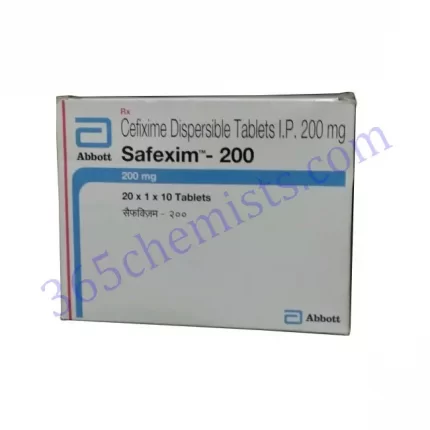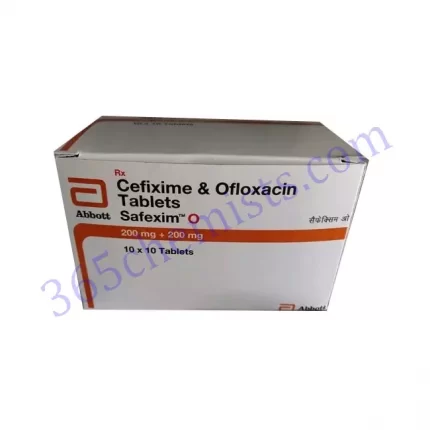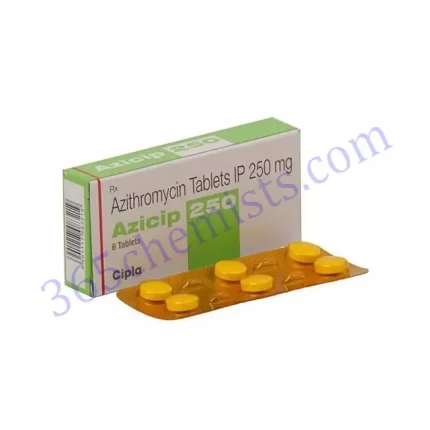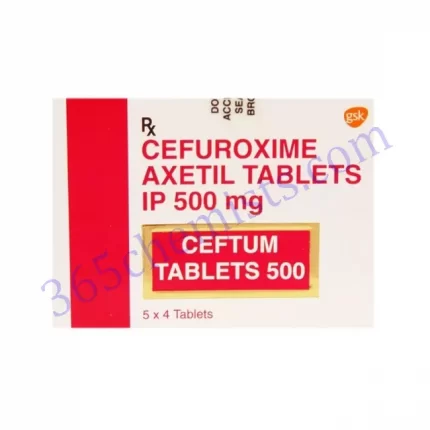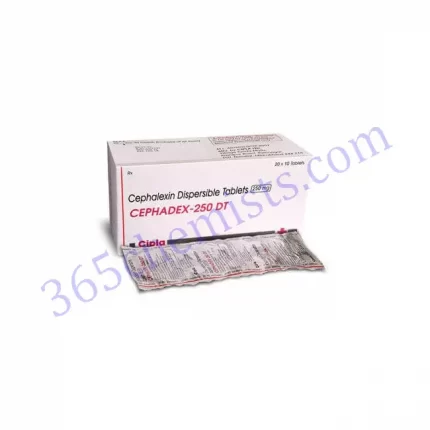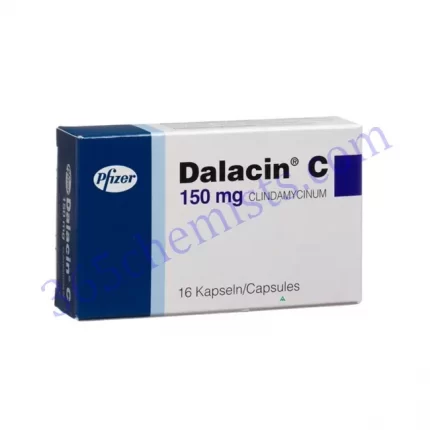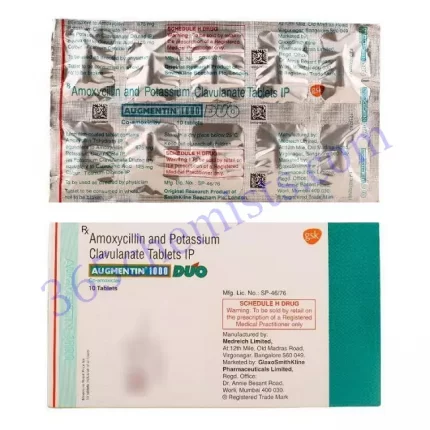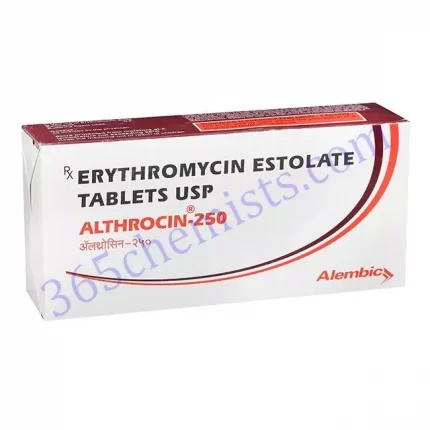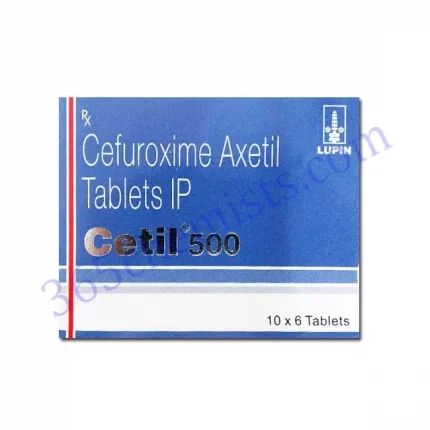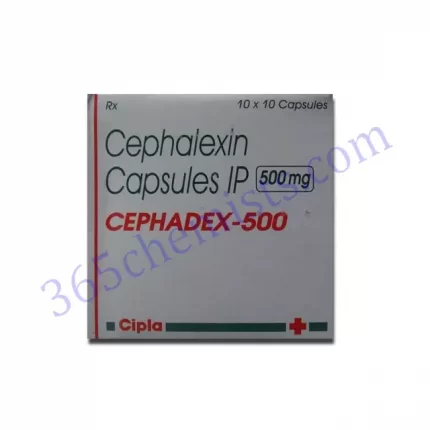Safexim CV Tablet (Cefixime/Clavulanic Acid)
Cefixime and clavulanic acid are the primary components of the medication that is available as a combination in the form of the Safexim CV Tablet. Cefixime is an antibiotic that is classified as a member of the class known as cephalosporins, whereas clavulanic acid is an inhibitor of beta-lactamases. The purpose of this in-depth article is to provide a detailed description of Safexim CV Tablet, including its uses, dosage, side effects, precautions, and other relevant information.
Uses of Safexim CV Tablet
The primary application for the use of the Safexim CV Tablet is the treatment of bacterial infections brought on by susceptible organisms. By preventing the inactivation of cefixime by bacteria that produce beta-lactamase enzymes, the combination of cefixime and clavulanic acid makes the medication more effective. This is accomplished by preventing the inactivation of cefixime. It is frequently prescribed for infections of the respiratory tract, the urinary tract, and certain sexually transmitted infections.
Dosage and Administration
It is possible for the recommended dosage of Safexim CV Tablet to change depending not only on the nature and extent of the infection, but also on the age of the patient and their general state of health. It is essential to carefully adhere to the dosage instructions provided by a medical professional or those listed on the packaging of the medication that you have been prescribed. In most cases, the recommended dosage for adults is two times each day to take one tablet that contains cefixime and clavulanic acid. The length of treatment is contingent upon the nature and extent of the infection being treated. It is essential to take all of the prescribed medication for the full duration of the course.
Possible Side Effects
The medication Safexim CV Tablet, like any other medication, has the potential to cause certain adverse effects in some people. These adverse effects can range from mild to severe and may include the following:
- Disturbances of the Gastrointestinal System: Nausea, vomiting, diarrhoea, and abdominal discomfort are some of the common gastrointestinal side effects that are associated with the use of Safexim CV Tablet. These adverse effects are typically mild and fleeting in nature. Consuming the medication in conjunction with food may help to reduce the severity of these side effects.
- Allergic reactions: Although it is extremely unlikely, some people might have an allergic reaction to cefixime or clavulanic acid. Symptoms of an allergic reaction include a rash, itching, swelling of the face, lips, or throat, and difficulty breathing. If you experience any of these symptoms, you need to seek medical attention as soon as possible.
- A superinfection is an infection that develops despite the use of antibiotics, including Safexim CV Tablet, for an extended period of time. Superinfections are caused by organisms that are resistant to antibiotics. In the event that a secondary infection develops, the appropriate steps need to be taken.
Precautions and Warnings
Before beginning treatment with Safexim CV Tablet, it is essential to communicate any preexisting medical conditions, allergies, or medications that are currently being taken to the attending medical professional. This information will assist the physician in making an educated decision that will guarantee the treatment’s safety as well as its effectiveness.
The following is a list of some of the most important precautions and warnings associated with the use of the Safexim CV Tablet:
- Because of the potential for allergic reactions, individuals who have a history of hypersensitivity to cephalosporin antibiotics or penicillins should not take Safexim CV Tablet.
- Kidney function Patients who are taking Safexim CV Tablet may require dosage adjustments or close monitoring while taking the medication if they have kidney function issues. In circumstances like these, it is essential to carry out exactly as directed by the medical professional.
- Interactions with other medications There is a possibility that Safexim CV Tablet will interact with other medications, including antacids, probenecid, and certain antibiotics. Before beginning treatment with Safexim CV Tablet, it is essential to provide the healthcare professional with a complete list of all medications, supplements, and herbal products currently being taken.
Conclusion
The combination medication known as Safexim CV Tablet (Cefixime/Clavulanic Acid) is typically administered to patients in order to treat bacterial infections. Clavulanic acid, which helps overcome bacterial resistance, is included in the product, which contributes to the product’s increased efficacy. However, it is essential to make sure to take this medication exactly as directed, adhere to the dosage that is recommended, and pay attention to all of the precautions and warnings. Maintaining open lines of communication with one’s healthcare team and closely monitoring one’s response to treatment will both maximise the likelihood of favourable outcomes and reduce the likelihood of unwanted effects.



